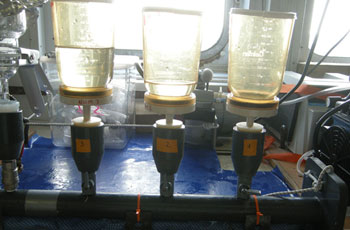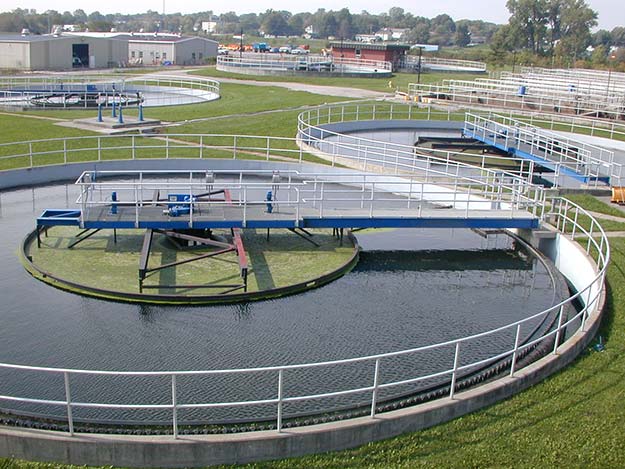Anton van Leeuwenhoek used his discovery of the microscope to see and describe the teeming life in a single drop of water. Robert Hooke, considered the English father of microscopy, confirmed Leeuwenhoek’s descriptions of tiny, living organisms in a drop of water and further refined the microscope. Soon scientists were examining tiny particles of life they had never before seen nor known existed prior to the invention of the microscope.
The microscope has an interesting place in water filter history. In mid-19th century London, where diseases ran rampant because of the tight quarters of the working class, city officials began to link the spread of cholera to poor drinking water quality (Baker & Taras, 1981). In areas where sand water filters had been installed, the outbreak of cholera had greatly decreased. Read more






